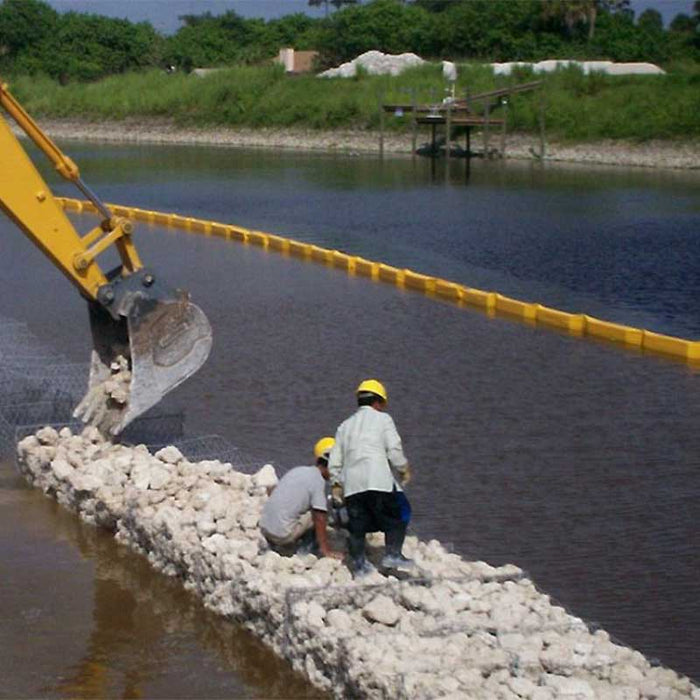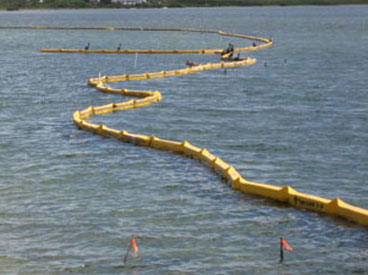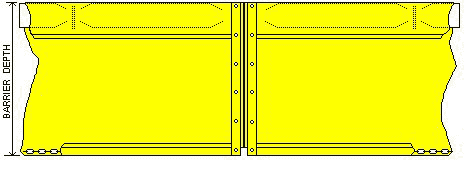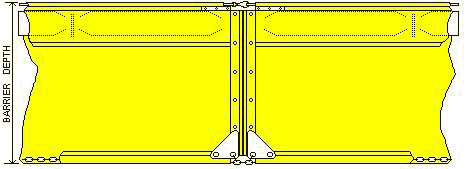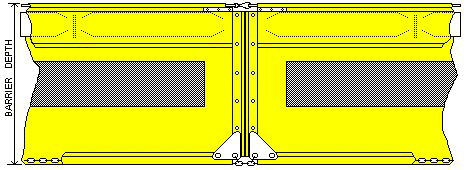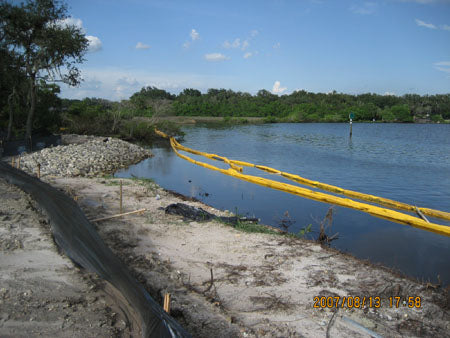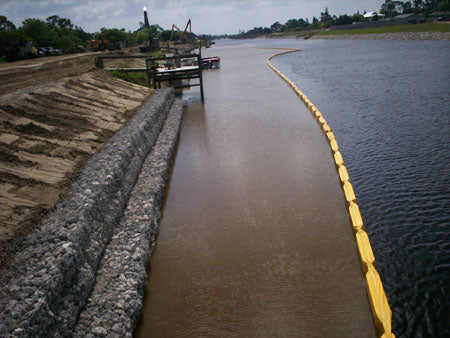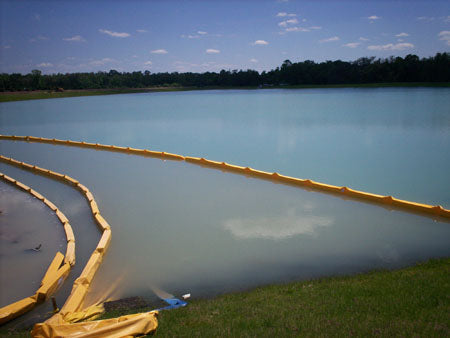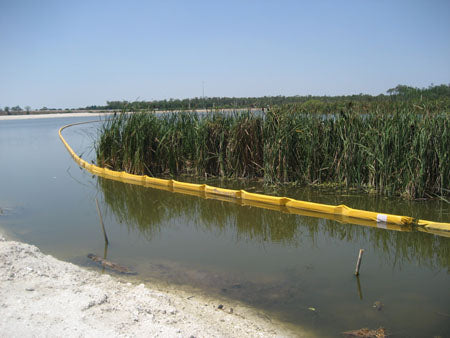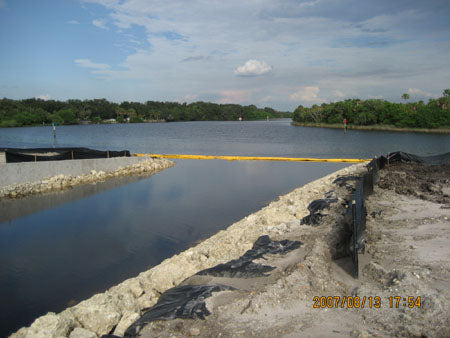Silt Curtain
FREE SHIPPING
The curtains are available in various depths in 50' lengths and in three DOT grade levels:
Type 1 DOT curtains are typically used in canals, small ponds, and small lakes with calm conditions.
Type 2 DOT curtains are often used in rivers, harbors, and ports with little wind and current (maximum of 1.5 knots and up to 3 ft waves).
Type 3 DOT curtains are the most heavy duty option and are typically used in rivers, harbors, or inter-coastal waterways with moderate currents.

